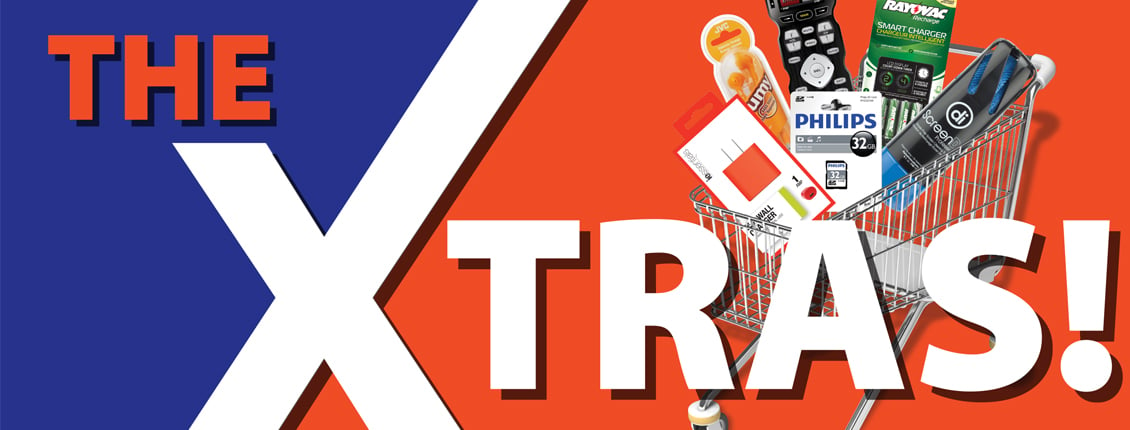
How Small Impulse Buys Can Raise Your Bottom Line
Everyone in the retail world knows that add-on sales are important. Knowing the how and the why is a little trickier. When it comes to harnessing the power of this valuable sales tool, understanding of customer psychology is crucial.
In his book Influence, persuasion expert Robert Cialdini explains the principle of perceptual contrast between two things. “Simply put,” he writes, “if the second item is fairly different from the first, we will tend to see it as more different than it actually is.” For example, if you places your hand in a bucket of cold water, followed by a bucket of warm water, the warm water will feel hot. But putting your hand in a bucket of hot water first, followed by the same warm water from the previous example, will have the opposite effect. The warm water will feel cold.
The same principle applies to sales. When a customer is presented with an item that costs less than one he or she has already decided to buy, the second item naturally appears inexpensive, regardless of its actual cost compared to other items in the same category, simply because it is less expensive that the first.
Consider how this might apply to the sale of a car. Any extras the customer chooses to buy—window tinting, paint protection, sound equipment, etc.—will appear relatively minor, because they are inexpensive in relation to the car. However, from the standpoint of the car dealership, all of these smaller purchases add up in a serious way.
Now consider how smaller purchases might apply to your business.
The Add-On in Action
Let’s say you own a store that sells A/V items.
A prospective customer enters, looking for a TV. The add-on possibilities here are fairly extensive. The customer might not have even considered buying a soundbar, for example, prior to visiting the store. You can make the most of the opportunity by visually bundling the soundbars and speakers with the TV. If possible, try using one of them for an audio demonstration on the sales floor. The customer is then much more likely to notice a soundbar, recognize its value and choose to buy it—even without a sales pitch. The decision to buy is made in the moment.
Regardless of the type of store you operate, you can adapt this basic sales technique to the store’s physical layout. Find the most appropriate place to display an accessory. Use signage to draw additional attention to it. You might even feature items in closer proximity to the checkout line, where shoppers are more likely to make last-minute purchases.
Now let’s get back to the A/V example. The customer wants the TV and the soundbar. But the transaction isn’t over yet. You have the customer’s attention, so use it to your advantage. The time is right to mention a less expensive item that makes sense in the context of the sale, like a screen-cleaning kit or a universal remote. Even if the price tag of each item sold is successively lower, the number of sales is racking up, and the dollars are rolling in!
The whole process works best when an extra item adds clear value to a primary item. The important thing is to make sure this value is communicated to the customer.
Here at Petra, these supplementary items fall into a category that we call Maxcessories. Contact one of our representatives to learn more about the products you need to make your business thrive.
